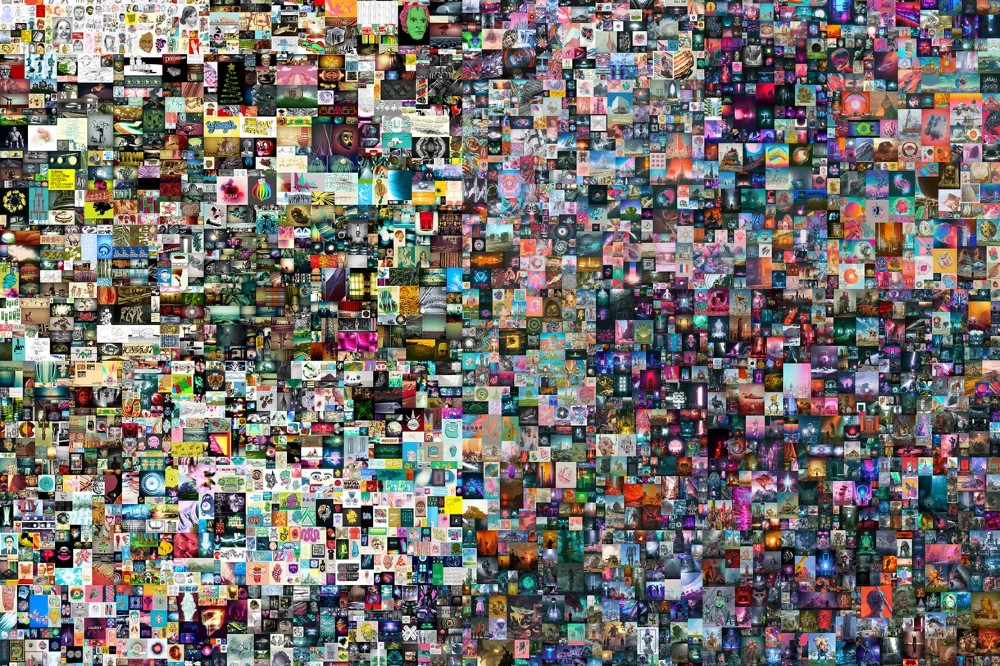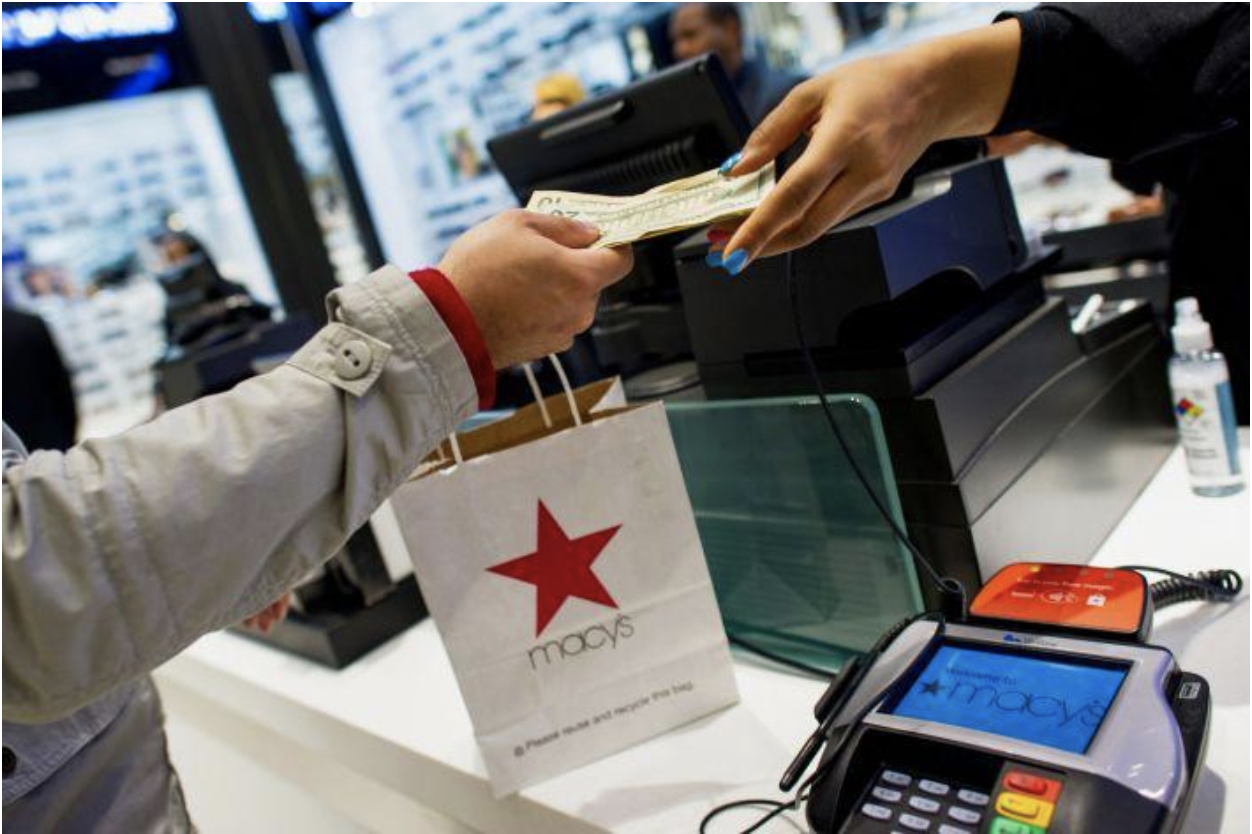
JAIDE LIN – MAY 4TH, 2021
EDITOR: COURTNEY FUNG
Introduction
Ever since the first Bitcoin transaction occurred in 2010 when a Florida man bought two Papa John’s pizzas with 10,000 coins, the world of cryptocurrencies and digital assets has experienced explosive growth. Pandemic lifestyles and quarantine have all but ushered in a new age of virtual assets and trading as online investors collectively pour thousands of dollars into digital collectibles, ranging from sports memorabilia to video clips to buildings in virtual environments.
February 2021 marked another display of the significance of virtual assets—a 10-second video clip by digital artist Beeple (real name Michael Winklemann) sold for $6.6 million dollars after being authenticated with the “digital signature” of blockchain technology. The clip, depicting a giant Donald Trump collapsed on the grass amidst an almost fairytale-like setting, is one example of a new type of digital asset known as a non-fungible token (NFT). Solely existing online and one-of-a-kind, unable to be mass-reproduced due to public authentications using blockchain, NFTs are unable to be exchanged “on a like-for-like basis” due to each item’s unique nature. And with most individuals in quarantine spending hours on end in the online world, virtual items and assets have quickly become the new norm.
“If you spend 10 hours a day on the computer or eight hours a day in the digital realm, then art in the digital realm makes tons of sense—because it is the world,” explained Alex Atallah, co-founder of the online NFTs marketplace OpenSea.
A $208,000 Lebron James Slam Dunk
Regular investors in the digital currencies market had reason to believe that the advent of the pandemic would lead to increased interest in cryptocurrencies and NFTs, with similar sectors such as the online retail market experiencing rapid growth during the lockdown period. However, the introduction of non-fungible tokens into the public eye came from an unexpected source: an online hub created by the U.S. National Basketball Association, where investors are able to trade video highlights of games in the form of NFTs.
Known as Top Shot, the NBA website has reportedly accrued over 100,000 online investors and almost $250 million in sales in the five months after its launch. The market allows buyers to buy packs of NFTs that depict various in-game highlights ranging from $9 to $230 per packet on the NBA Top Shot site. The website receives a royalty for every transaction, with the majority of Top Shot’s revenues coming from secondary market sales.
On February 22nd, one buyer in the secondary market purchased a Lebron James game highlight for 208,000, while another clip of Zion Williams sold for “a little less than that.” These jaw-dropping price tags are indicative of the NFT market’s exponential growth in the last year, with researchers from NonFungible and L’Atelier discovering that the total value of NFT transactions has quadrupled since the last year to $250 million. Cryptocurrencies researchers and investors have seen the surge in transactions as a modern-day resurgence of playing cards trading—the key difference being buyers do not have to worry about theft or physical damage.
While buyers scramble to purchase everything from digital Minecraft environments to collectibles to sports clips of their favorite athletes, virtual labs are working to curate completely original, one-of-a-kind content with “guaranteed scarcity and protected ownership.” Of course, this leads to another question: Who exactly are the biggest players in the ongoing virtual assets boom?
Vancouver’s Dapper Labs and the Volatility of ICOs
Despite the recent hype surrounding NFTs, these commodities actually emerged earlier in 2017 with the release of CryptoPunks, a series of computer-generated avatars by developers at Larva Labs. The group was regarded as drivers of a new “crypto art” movement as the avatars recently gained popularity amongst online buyers. However, this presence is also coupled with the creation of new NFTs by groups such as the Vancouver-based Dapper Labs, responsible for the development of sports collectibles on the Top Shot website in collaboration with the National Basketball Association. The allure of owning unique, limited-edition virtual assets “taps into the same interests and habits of traditional collectors,” and is heavily based on the concept of digital scarcity.
Dapper Labs has been lauded as a key producer at the center of the “NFT craze,” with its joint venture Top Shot emerging as “the fastest-growing marketplace in history.” The tech startup expects to continue negotiations with other major brands in sports, entertainment, and online games to create similar products in the future. Other companies have also quickly hopped on board the trend, with fashion and luxury brands including Louis Vuitton, Nike, and Breitling turning to digital fashion products.
While major investors in the NFTs market, including Mark Cuban, insist that the trend will not be a fad, others are concerned at the parallelism between the current “bull market” of virtual assets and the Initial Coin Offering (ICO) bubble of 2017. Previously, multiple tech startups had issued various forms of digital currency in an effort to raise money, leading to what was known as a “speculative crypto-mania.” The volatility of cryptocurrencies and digital assets casts another layer of uncertainty over the current network of digital marketplaces, even while other digital media experts remain optimistic.
“One of the things that have defined the digital era is we’ve moved from a world of scarcity to a world of abundance with all kinds of media assets and products,” says Tom Richardson, a digital media professor in Columbia University’s sports management program.
Into the Metaverse
From “immersive galleries” in digital artwork to blockchain-powered virtual worlds such as Decentraland, more and more everyday activities and entertainment appear to be moving into the digital landscape. While investors and buyers have to be careful of fraudulent claims and imitations, especially during virtual transactions in marketplaces, projections for the future signal that digitized assets and completely original commodities are quickly becoming increasingly accessible to various online users.
Despite rosy projections about the increasing relevance of “the Metaverse” as prolific opportunities for digitized video clips, fully unique virtual commodities, and simulated environments populate the upper crust of society, these trends also point towards a disturbing trend in the ever-exorbitant prices of virtual assets and artworks. “Headline-making art sales” such as Beeple’s $6.6 million digital creation are becoming increasingly common, while various online users are scrambling to amass wealth in the form of crypto-collectibles and NFTs. In fact, Citi Global Perspectives and Solutions reported that “ultrahigh net worth individuals collectively hold $1.74 trillion in art and collectibles.” While digital assets and artworks likely only account for a portion of this, the advent of virtual commodities is likely to become increasingly present amongst high-end art collectors and investors.
There is no doubt that NFTs, virtual assets, and digitized collectibles will form an integral part of the online world and economy—however, this leads to another pressing question: in a world of rising inequality and poverty, what could possibly justify pouring millions of dollars into a 10-second video clip?
Featured Image Source: The Verge
Disclaimer: The views published in this journal are those of the individual authors or speakers and do not necessarily reflect the position or policy of Berkeley Economic Review staff, the Undergraduate Economics Association, the UC Berkeley Economics Department and faculty, or the University of California, Berkeley in general.



